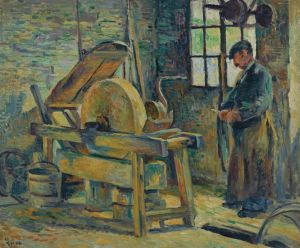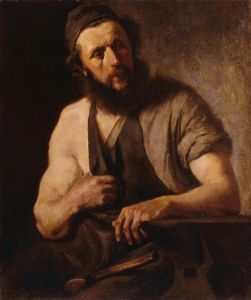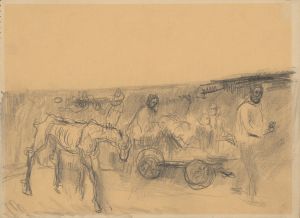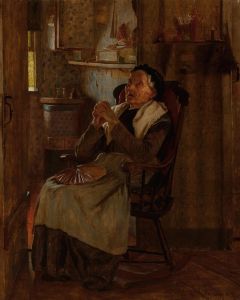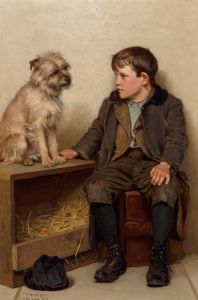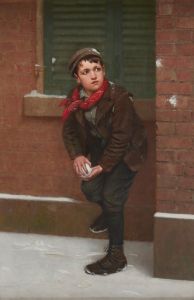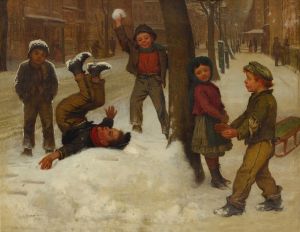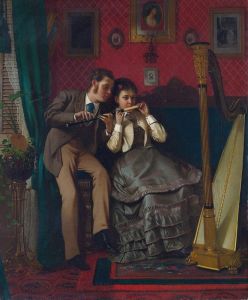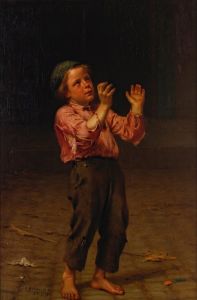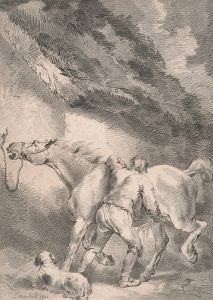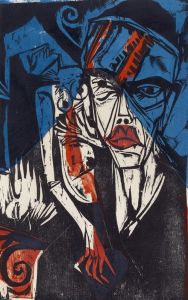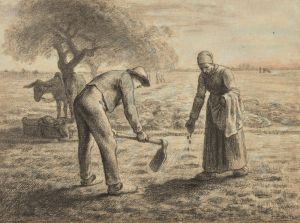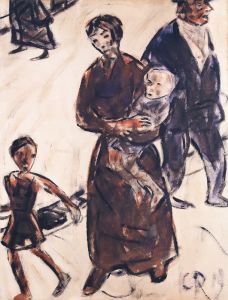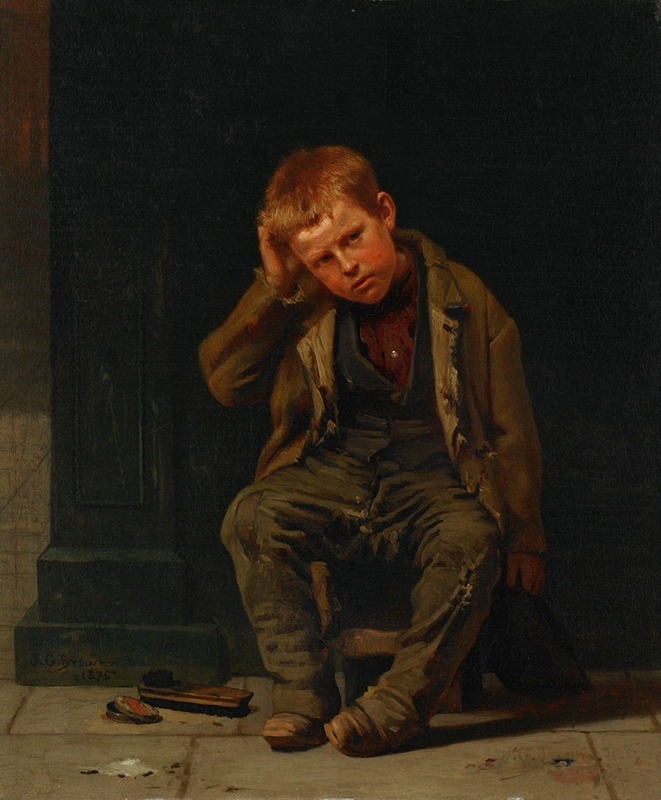
This Corner Don’t Pay
A hand-painted replica of John George Brown’s masterpiece This Corner Don’t Pay, meticulously crafted by professional artists to capture the true essence of the original. Each piece is created with museum-quality canvas and rare mineral pigments, carefully painted by experienced artists with delicate brushstrokes and rich, layered colors to perfectly recreate the texture of the original artwork. Unlike machine-printed reproductions, this hand-painted version brings the painting to life, infused with the artist’s emotions and skill in every stroke. Whether for personal collection or home decoration, it instantly elevates the artistic atmosphere of any space.
John George Brown's painting This Corner Don’t Pay is a notable example of 19th-century American genre painting. Brown, an English-born artist who immigrated to the United States in 1853, became well-known for his depictions of everyday life, particularly scenes featuring children and working-class individuals. His works often captured moments of humor, innocence, and resilience, reflecting the social realities of his time.
This Corner Don’t Pay portrays a group of young boys, likely street urchins or newsboys, gathered around a corner. The title suggests that the location they occupy is not profitable for their work, possibly referencing their attempts to sell newspapers or other goods. Brown’s attention to detail and ability to convey emotion are evident in the expressions and body language of the boys, who appear to be engaged in conversation or strategizing their next move. The painting exemplifies Brown's characteristic style, which combined realism with a sentimental approach to his subjects.
Brown's work often highlighted the lives of urban children, particularly those who were part of the growing population of street workers in cities like New York during the late 19th century. These children, often referred to as "street Arabs," were a common subject in Brown's oeuvre. His paintings served as a reflection of the challenges faced by the urban poor while also romanticizing their resilience and camaraderie. While his works were widely appreciated for their technical skill and narrative quality, they also appealed to middle- and upper-class audiences who found charm in the idealized depictions of working-class life.
This Corner Don’t Pay is representative of Brown’s broader artistic legacy, which includes numerous paintings that document the social fabric of 19th-century America. His works are often associated with the Hudson River School and the American genre painting tradition, though his focus on urban life set him apart from many of his contemporaries. Brown was a prolific artist and a founding member of the Watercolor Society of New York, and his paintings were widely exhibited and collected during his lifetime.
The exact date of creation for This Corner Don’t Pay is not definitively documented, but it is consistent with Brown’s active period in the late 19th century. The painting is held in a private collection or museum, though specific details about its current location are not readily available. Brown’s works, including this piece, continue to be studied and appreciated for their artistic merit and historical significance, offering a window into the lives of children in America’s urban centers during a transformative period in the nation’s history.





